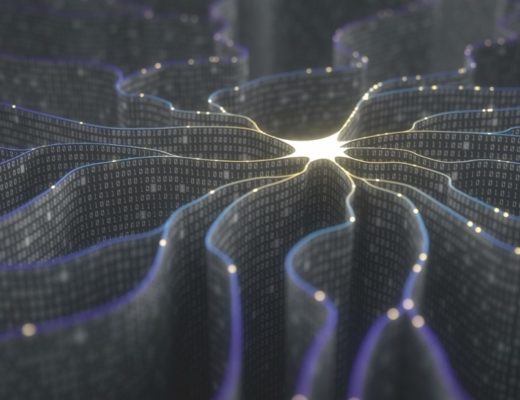As the original texts are written in Turkish, English translation is provided for non-Turkish readers. The author apologizes in advance for any and all possible changes and losses in meaning due to translation.
Today, we frequently discuss the role of new digital technologies in transforming almost all industries and current ways of doing business by creating new areas of practice. Among these, one of the most interesting to me is healthcare, because it’s focus is directly related to improving the quality of human life. Many game-changing new innovations are expected in this area and we have already started to see the first examples of these. Let’s take a look at the benefits that Siemens Digital Twin technology, which we attach great importance to, offers to healthcare.
First of all, let me briefly explain what Digital Twin means. The example of digital twin technology is a paradigm or model of new trends where sophisticated SW and competences in data analytics with AI can improve the quality of our life. Siemens Digital Twin technology ensures building a virtual version of a factory before physical construction and offers a simulation of all production phase. Thus, research, testing and production processes of companies and institutions become a lot faster, more efficient and economical. All the digitalization projects in which we employed Digital Twin technology have so far provided great efficiency and savings in the business processes of our stakeholders. Examples of these are available in Turkey in various sectors.
In addition to accelerating and facilitating processes, Digital Twin also enables boutique production and customization. Obviously, the concept of “customization” becomes more and more important. Customized solutions are not only about preferences or tastes; they can be of vital importance in areas such as healthcare. Our expertise in digitalization and our Digital Twin technology reinforce our practices in this area and create a base for future applications in healthcare. And future possibilities in healthcare truly thrill us.
Perhaps very soon, we will be able to generate digital twins of “customized” organs such as the heart and lungs, or of tissues and even individual cells. Such simulations will help healthcare professionals to understand how different individuals react to different treatments. Operations will first be performed on digital twins and anything that might go wrong will be identified in advance. Here the gathering and analysis of data with new AI applications plays a crucial role in all aspects of our life.
We all know that early diagnosis and early monitoring of any precursors that precede healthcare issues is of essence. Digital twin will provide significant benefits in this area as well. Through sensors, we can continuously send data to our digital twin on the condition of our organs and thus ensure early diagnosis of a potential health problem. For instance, metastases that may occur in the post-treatment process of cancer patients can be very rapidly identified with this method. And ultimately, totally customized medical care can be offered through affordable and almost real-time models to help diagnosis and treatment.
An example to the possible transformational impact of digital technologies on the healthcare industry is Siemens Healthineers Digital Heart Twin. Siemens Healthineers developed an artificial intelligence platform to generate a 3D physical structure of the heart by using its electrical and physical data. Aiming to support surgeons in treatment plans, the digital heart twin can serve as a vehicle to use artificial intelligence in diagnosis and treatment. 3D-printed digitally-intelligent heart twin enables simulations so as to help doctors run some tests before surgery. That means a cardiologist, before entering the OR, can simulate and monitor on his computer screen how the patient with congestive heart failure reacts to the treatment; by means of placing the electrodes of a pacemaker on the 3D digital heart twin that simulates the patient’s heart cells as well as its electrical and physical qualities.
Although the Digital Twin technology is in a development stage in the healthcare industry, it has a great potential to offer significant new developments and treatments in a very short time. And, of course, widespread adoption of this technology in the industry means many opportunities for both the patients and the healthcare professionals in terms of improving the quality of life.







No Comments